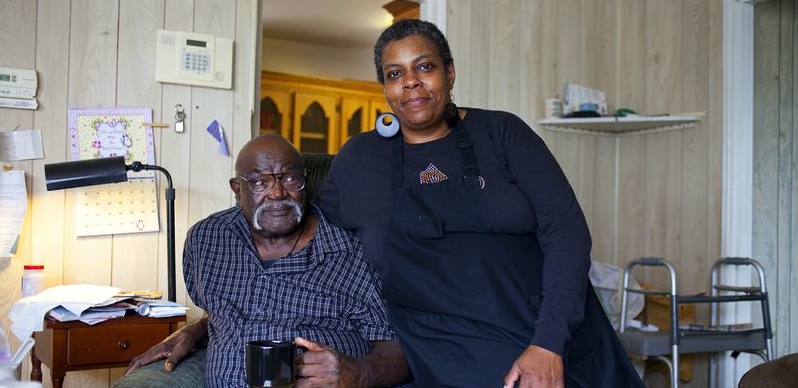We are proud to announce the launch of the CREATIVE CARE COUNCIL! LEARN MORE
We are proud to announce the launch of the CREATIVE CARE COUNCIL! LEARN MORE

There are between 800,000 and two million domestic workers, a majority of which are women, in the United States — people who work as nannies, housecleaners and caregivers for the elderly. These workers are the backbone of the “care economy,” doing the long and hard work of caring for our children, homes and elders. Domestic workers put in long hours, rising early to feed young children or going to bed late at night after helping an elderly person in pain get to sleep. But these women — on whom we count to take care of the most precious people in our lives, our homes, and our families — do not earn enough to take care of their own families. Twenty-three percent of domestic workers earn below the minimum wage; 61 percent of live-in domestic workers earn below minimum wage.
The need for domestic work will only grow. We must re-establish a basic floor of protections for working people. By strengthening labor protections for domestic and care workers, improving wages and creating training opportunities for care workers, we can transform domestic work into quality, dignified jobs. By turning domestic and home-care jobs into quality jobs, we can help ensure quality care and support for every family and individual who needs it. By making care a national public policy priority, we can invest in making it affordable and accessible for everyone who needs it.